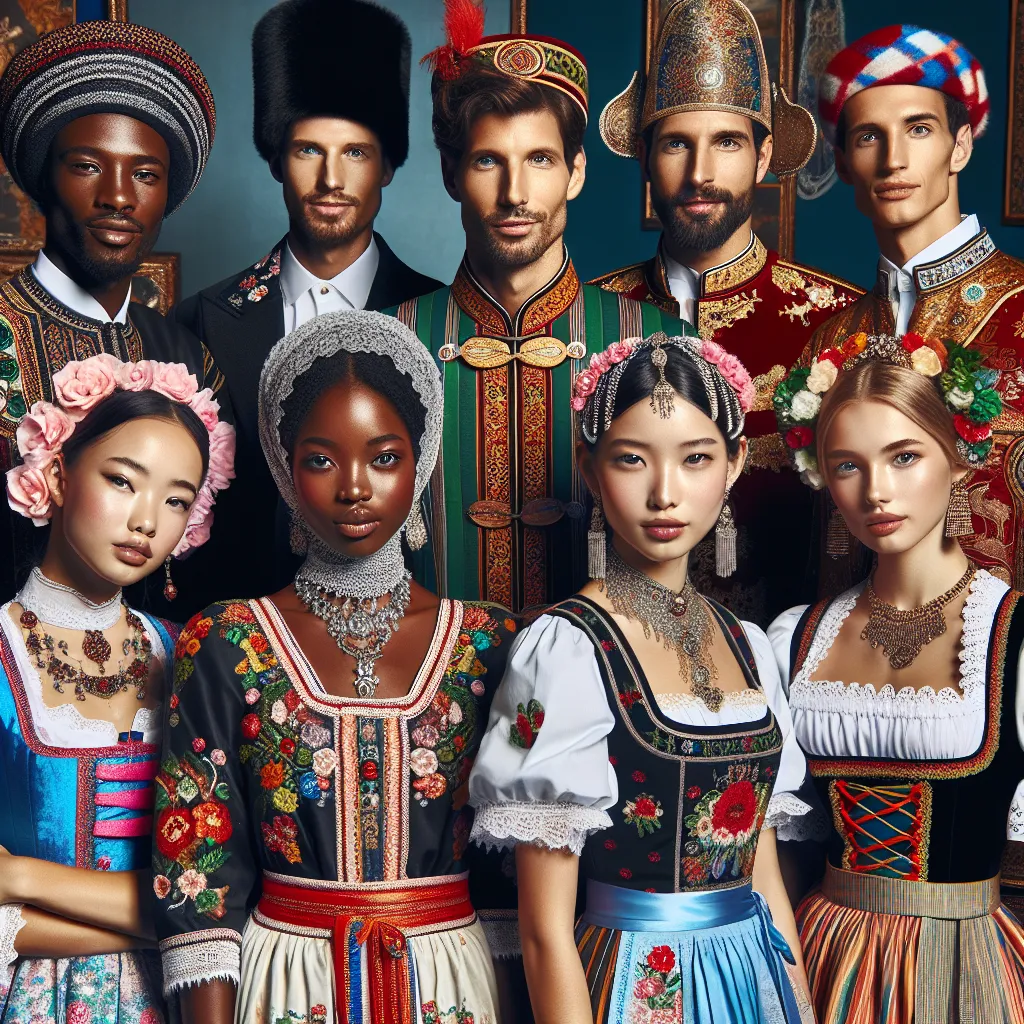The Ancient Origins of Ornamentation
Ornaments have played a significant role in human history, serving as a form of visual communication and cultural expression across different civilizations. The use of ornaments dates back to ancient times, with early humans adorning themselves and their surroundings with symbolic objects. From the intricate jewelry of the Egyptians to the elaborate carvings of the Mayans, the prevalence of ornamentation reveals a universal human inclination towards decoration and symbolism.
The origins of ornamentation can be traced back to prehistoric times when early humans used materials such as bones, stones, and shells to craft personal adornments. These ornaments served not only as decorative items but also held symbolic significance, representing aspects of the natural world, spiritual beliefs, and social status within the community. The ancient practice of adorning oneself with ornaments reflects the human desire for self-expression and the establishment of cultural identity.
Across various ancient cultures, ornaments were imbued with symbolic meanings, often representing concepts such as fertility, protection, and spirituality. For instance, the use of specific animal motifs in ornaments among certain cultures signified connection to the spirit world or represented revered qualities associated with the depicted animals. Such intricate symbolism embedded within ornaments offers valuable insights into the belief systems and societal values of ancient civilizations.
Furthermore, the craftsmanship and artistry displayed in ancient ornaments underscore the skill and creativity of our ancestors. Whether it was the delicate filigree work of the Greeks or the ornate metalwork of the Celts, the expertise involved in creating these adornments is a testament to the importance placed on ornamentation in ancient societies.
In conclusion, the history of ornamentation is a rich tapestry woven with cultural significance and symbolism from diverse civilizations. The ancient origins of ornaments not only reflect the artistic inclinations of early humans but also provide a glimpse into their beliefs, traditions, and social structures.
Cultural Significance of Ornaments
The cultural significance of ornaments spans across diverse civilizations, each with its unique symbolism and history. In many cultures, ornaments are not merely decorative items but carry deep cultural and spiritual significance. For example, in ancient Egypt, jewelry and amulets were believed to offer protection and were often buried with the deceased to aid them in the afterlife. Similarly, in Indian culture, intricate and colorful bangles are worn as symbols of matrimony and are considered auspicious.
In Chinese culture, jade ornaments hold profound symbolic value, representing purity, longevity, and harmony. The intricate designs and vibrant colors of Native American beadwork are not only visually stunning but also tell stories of tribal heritage, traditions, and spiritual beliefs. Furthermore, African ornaments such as Maasai beadwork and Fulani earrings are rich in cultural symbolism, often signifying social status, tribal affiliation, or coming-of-age ceremonies.
The use of ornaments as a form of cultural expression is not limited to ancient civilizations; it continues to thrive in modern society. For instance, in many South American cultures, traditional dress and ornaments are worn during festivals and ceremonies to honor ancestors and preserve cultural heritage.
Understanding the cultural significance of ornaments provides insight into the values, beliefs, and traditions of different societies. It serves as a reminder of the richness and diversity of human culture and the profound meaning attached to the objects we adorn ourselves with. Through exploring the history and symbolism of ornaments across cultures, we gain a deeper appreciation for the interconnectedness of humanity and the beauty of cultural diversity.
Evolution of Ornamental Styles
Throughout history, ornaments have played a significant role in expressing cultural identity and aesthetic values across different societies. The evolution of ornamental styles reflects the changing tastes, beliefs, and artistic developments within various cultures. From the intricate geometric patterns of Islamic art to the delicate floral motifs of Chinese ceramics, the diversity of ornamental styles demonstrates the rich tapestry of human creativity and expression.
In ancient civilizations, such as the Mesopotamian, Egyptian, and Mesoamerican cultures, ornaments were crafted using materials like gold, silver, and precious stones to symbolize power, status, and religious beliefs. These early ornamental styles often featured motifs inspired by nature, animal forms, and mythological symbolism.
As societies evolved, ornamental styles began to incorporate influences from trade, colonization, and artistic exchange. The Byzantine Empire, for example, blended Roman, Greek, and Oriental motifs to create opulent and intricate ornamentation in architecture, textiles, and religious artifacts. Similarly, the Renaissance period witnessed a revival of classical motifs and a newfound emphasis on perspective and naturalism, leading to the development of ornamental styles that celebrated the beauty of the human form and the natural world.
The Industrial Revolution brought about significant changes in ornamental styles as mass production techniques enabled the creation of intricate ornaments for everyday objects, furniture, and architectural elements. This period marked a shift towards elaborate and ornate designs that were more accessible to a wider population, although it also led to debates about the authenticity and craftsmanship of ornamental work.
Today, the evolution of ornamental styles continues to be influenced by globalization, technological advancements, and a renewed interest in traditional craftsmanship. Contemporary designers and artists draw inspiration from a diverse range of sources, blending innovation with heritage to create ornaments that reflect the complexities of our modern world while honoring the rich traditions of the past.
Rituals and Ceremonies Associated with Ornaments
Sure, here’s a paragraph focusing on the aspect of rituals and ceremonies associated with ornaments:
Ornaments have played a significant role in various rituals and ceremonies across cultures throughout history. In many ancient civilizations, the act of adorning oneself with ornaments held profound symbolic meaning, often representing one’s social status, spiritual beliefs, or connection to a particular community. For instance, in some cultures, ornate jewelry and headdresses were worn during religious ceremonies to honor deities or to mark important life events such as marriage or coming-of-age rituals. The intricate designs and materials used in these ornaments often held deep spiritual significance, with specific motifs and gemstones carrying symbolic messages. Even today, ornaments continue to be an integral part of cultural ceremonies, serving as a link to the traditions and values of the past while also evolving to reflect contemporary beliefs and practices.
Remember to insert the paragraph within
tags on your website to ensure proper formatting.

